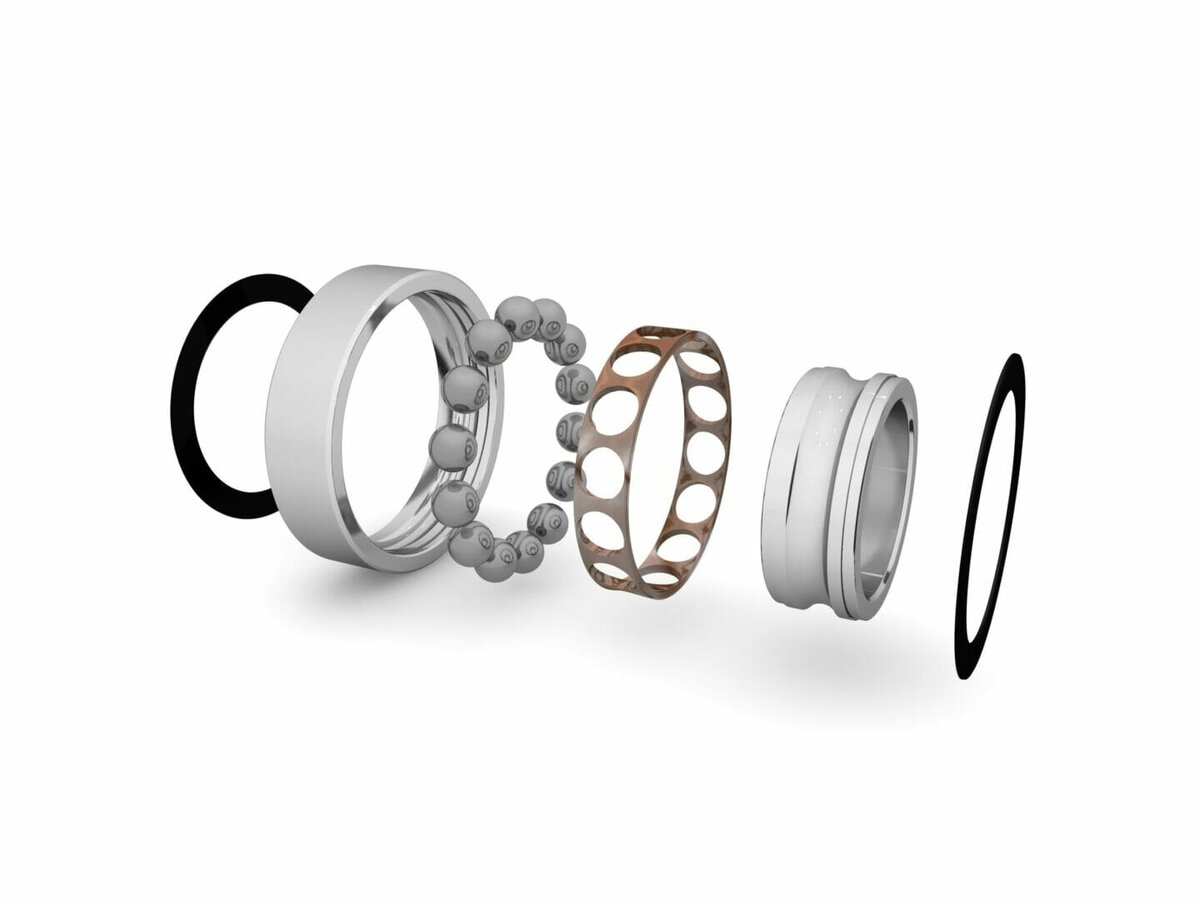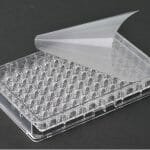~ Environmental considerations ~
There are a huge number of variables you need to weigh up when selecting the right types of bearings for your project. There is no doubt things can get confusing, particularly if your project is non-standard. Here, Chris Johnson managing director at specialist bearing supplier SMB Bearings, explains one of six important bearing selection considerations.
Getting the right bearings and lubrication combination ensures a long service life for your bearings and rolling elements of machines. The selection procedure is much more than just checking the load rating supplied by the manufacturer, although this is a good starting point! You need to analyse your application closely, and really consider the many different design factors that make up ball bearings. From varying materials, to high-temperature lubrication, there is a lot to think about.
If you have no idea of the type of bearings you need, then your first question should be, “what is the bearing doing?” In what application or environment will it be used? This is a crucial starting point, as even the best quality bearings will not perform well in an ill-suited environment. It’s not just about load and speed. Factors like moisture, chemical exposure or temperature can be the biggest influencers on bearing choice.
For high moisture environments like marine applications, Full ceramic bearings are the go-to option for fully submersed applications. 316 grade stainless steel bearings are also commonly used in moving water or above the waterline. Also known as marine grade stainless steel, this material is an austenitic stainless steel, meaning it has very good corrosion resistance.
Full ceramic bearings have good load capacity and conform to standard bearing tolerances but 316 stainless steel, unlike 440 grade martensitic stainless steel, is not hardenable by heat treatment. As a result, 316 stainless steel has a much lower load capacity than the standard 440 grade stainless steels most commonly used for bearings. This softer grade of steel is also more difficult to grind to very close tolerances than chrome steel or 440 stainless steel, so marine grade 316 bearings are semi-precision, and therefore less suited to high-precision automation and metrology applications.
For exposure to very weak acids and alkalis, the most common corrosion resistant bearings are made from 440 grade stainless steel. The grade can be supplied with chemically-resistant lubricants or food-approved lubricants for the pharmaceutical industry. For the most extreme ends of the pH scale, full ceramic or 316 grade stainless steel bearings are better suited to aggressive environments.
High temperature applications, such as furnaces, require careful thought as all bearings have temperature limits. Usually, the material weakens above a certain temperature and the bearing can no longer handle any meaningful load or speed. Provided that a suitable lubricant is used, chrome steel bearings can handle temperatures of up to 150 °C, while 440 grade stainless steel bearings can be used at up to 300 °C. Above these temperatures, a change of material is required, such as a full ceramic bearing.
If your application is not moisture-facing, acidic or burning hot, then chrome steel bearings should be sufficient. These are the most commonly-requested workhorse bearings, and prove themselves time and time again in a range of applications.
SMB Bearings believes many design challenges can be overcome with strategic bearing considerations. While environmental considerations are only the tip of the iceberg, they are a sensible place to start out on the bearing selection journey.
For further information about bearing selection including size, speed, load, tolerances and lubrication, download SMB Bearings’ essential guide to the bearing selection process, available free via the company’s website. Alternatively, to speak to a bearing specialist contact the team directly.





